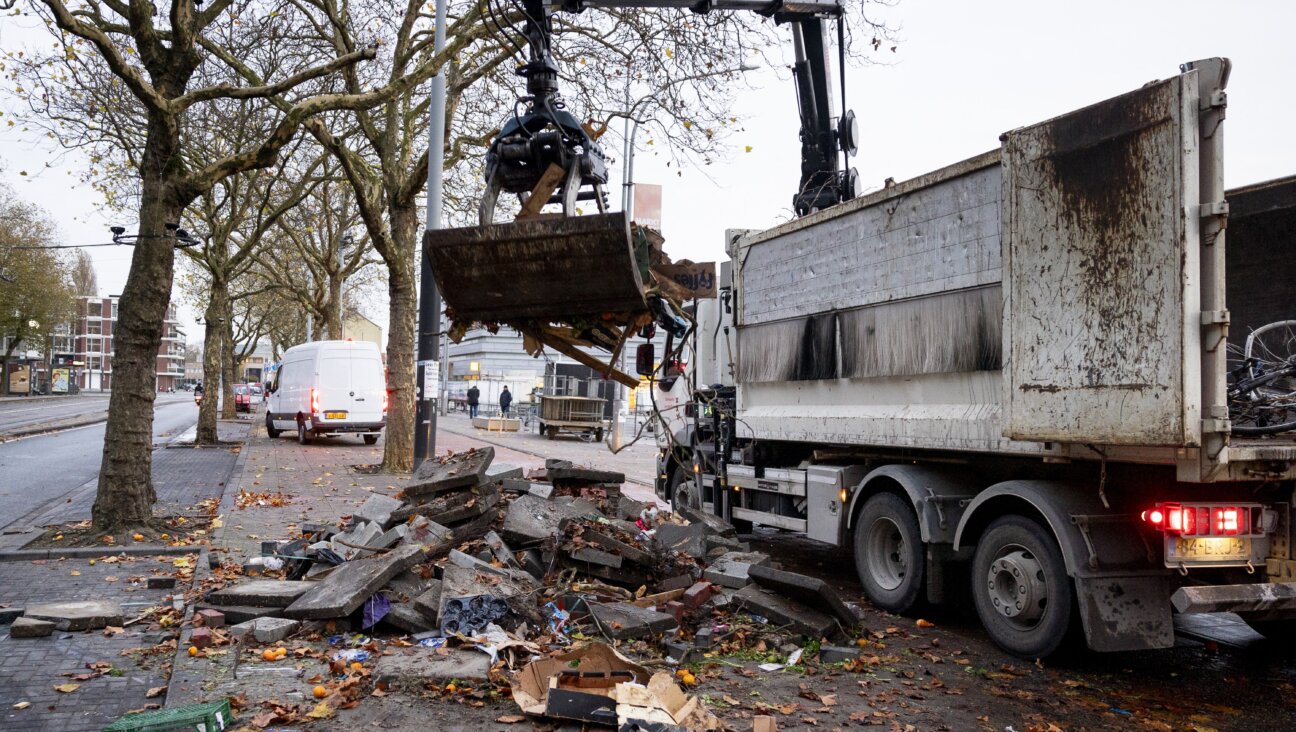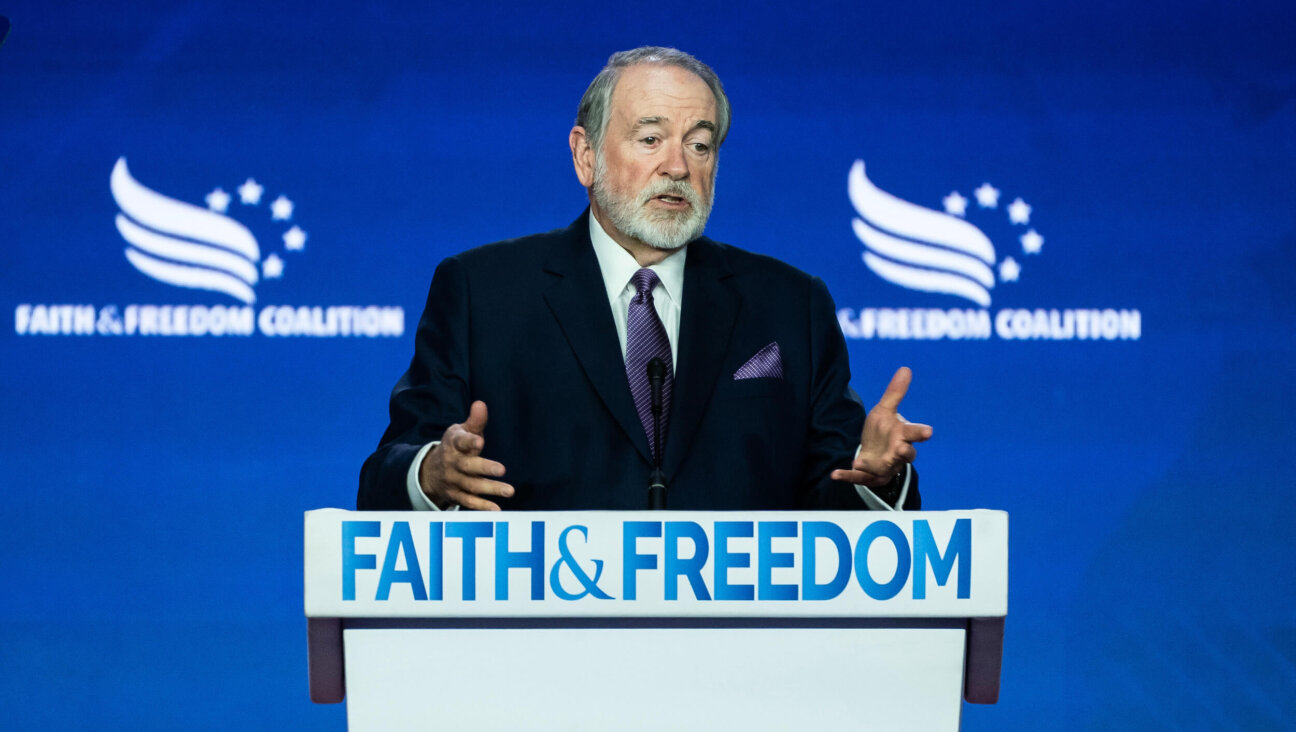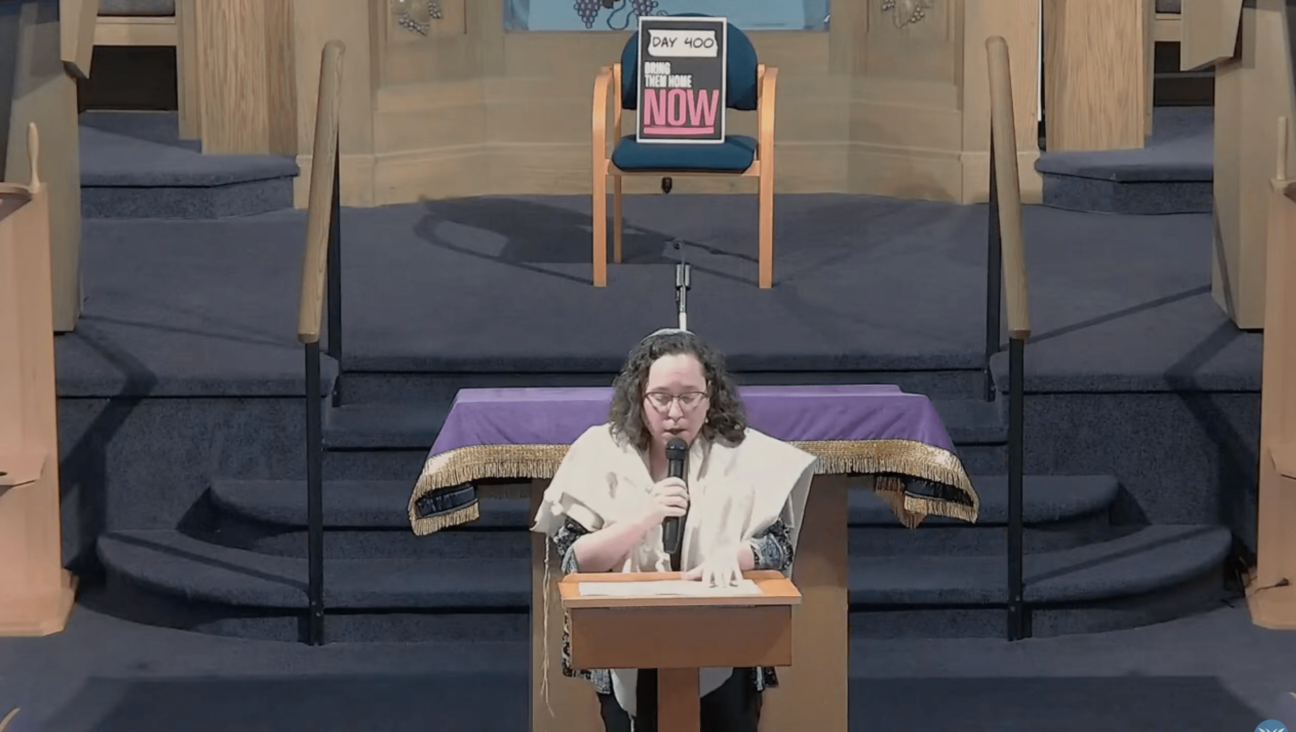Threats and Tools of Violence
Even as the commiseration is expressed, the prayers for the dead and the wounded accomplished, the mind turns to the context. “I’m only surprised this doesn’t happen more often, with the crazy irrational political climate we have right now,” writes a commenter on The New York Times website. Others remind us that during the fall election campaign, Sarah Palin posted a controversial map on her Facebook page depicting spots where Democrats who had endorsed health care reform were running for re-election; those were noted by crosshairs symbols like those seen through the scope of a gun — and Gabby Giffords’s district was among those on Palin’s map.
Those seeking information beyond innuendo and intuition may have come across a chilling 2009 Washington Post profile of Judge John Roll, one of those killed by the alleged shooter, Jared Lee Loughner. The article discussed the threats the federal judge had faced back then: “Hundreds of threats cascaded into the chambers of John M. Roll, the chief U.S. district judge in Arizona, in February after he allowed a lawsuit filed by illegal immigrants against a rancher to go forward. ‘They cursed him out, threatened to kill his family, said they’d come and take care of him. They really wanted him dead,’ said a law enforcement official who heard the calls…. David Gonzales, the U.S. marshal in Arizona, said deputies went online and found Roll’s home address posted on a Web site containing threatening comments. They put the judge under 24-hour protection for about a month, guarding his home in a secluded area just outside Tucson, screening his mail and escorting him to court, to the gym and to Mass.”
The reaction to all this is perhaps best captured in the statement on the tragedy issued by the Jewish Council for Public Affairs: “When our tears are dry, we must dedicate ourselves to building a society in which this kind of violence is absolutely unimaginable. While we do not know the motives for today’s attack, we do know that it cannot be viewed apart from the climate of violence and the degradation of civil society that are anathema to democracy.”
Well, maybe.
But where has there ever been a society “in which this kind of violence is absolutely” — or even relatively — “unimaginable”? Sweden, where Olof Palme, the prime minister, was killed? The Netherlands, where the political activist Pim Fortuyn was murdered? Israel, Rabin? Egypt, Sadat? And on, and on.
I recall, and will never forget, the antipathy toward Dallas in the wake of the JFK assassination. Months later, I was in Dallas for the first time, and the sense of the city as a place that had hosted a Lee Harvey Oswald weighed heavily, and across the country our fears for the future of our democracy were everywhere proclaimed. Yet here we are, after the Martin Luther King assassination and the Robert Kennedy assassination and Medgar Evers, Has there ever been a society in which this kind of violence was unimaginable? Malcolm X, George Moscone and Harvey Milk, Allard Lowenstein and Alan Berg and Alex Odeh and Dr. George Tiller, after the mass killings in Columbine and at Virginia Tech, and we are not less a democracy than we were when Abraham Lincoln was assassinated.
Our political discourse is, indeed, ugly, filled with vitriol and, perhaps even more consequentially, riddled with distortions and outright lies. So I can appreciate when Carl Hulse and Kate Zernike write in the Times that “regardless of what led to the episode, it quickly focused attention on the degree to which inflammatory language, threats and implicit instigations to violence have become a steady undercurrent in the nation’s political culture.” And I don’t for a moment think that some soul-searching is not in order.
At the same time, I remember the theme of a rumination offered by then-president Bill Clinton on the occasion of a dinner marking Rabbi David Saperstein’s 25th anniversary as director of the Reform movement’s Religious Action Center. He sought to weave a thread connecting the killings in Columbine to the killings in Kosovo — at first blush, an improbable linkage. But the president’s compelling point was about what happens in a culture that focuses on the “otherness” of a segment of its people.
That is why, for me, just now, the Giffords story points in a rather different direction. Congresswoman Giffords was a member of the congressional Democrats’ Blue Dog faction, suggesting an ideological consistency I do not find in her record. She is actually considerably more interesting than the Blue Dog label suggests. She was entirely comfortable as a supporter of the health care reforms that so exercised and aggravated many of her colleagues and, somewhat remarkably for a person representing an Arizona district that is a rough challenge for a Democrat (she won re-election in 2010 by less than a 1% margin), she spoke during her campaign and eventually voted for the DREAM Act, which would have created a path to citizenship for illegal immigrants’ children who have long resided in this country.
“Yes” to the worthy innocent “others” — and this in Arizona.
And one more thing beyond the breast-beating and the recriminations and the lamentations regarding how low we have sunk. Can we not finally be specific, and speak of the utter — and yes, I mean utter — depravity of our relationship to guns and of our inadequate laws regarding their control? We are hemorrhaging, and words of contrition will not stanch the literal bleeding. We are not likely ever to legislate successfully against psychopathy, but surely we can at last come to our collective senses regarding guns, the Supreme Court and the NRA notwithstanding.
A message from our CEO & publisher Rachel Fishman Feddersen

I hope you appreciated this article. Before you go, I’d like to ask you to please support the Forward’s award-winning, nonprofit journalism during this critical time.
At a time when other newsrooms are closing or cutting back, the Forward has removed its paywall and invested additional resources to report on the ground from Israel and around the U.S. on the impact of the war, rising antisemitism and polarized discourse.
Readers like you make it all possible. Support our work by becoming a Forward Member and connect with our journalism and your community.
— Rachel Fishman Feddersen, Publisher and CEO






















